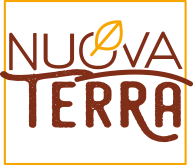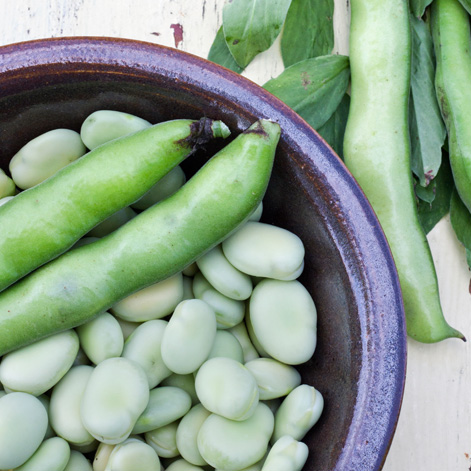The fava bean – scientific name, Vicia faba – is a plant belonging to the Fabaceae family. Among pulses, fava beans acquired an important role in the past, as the preeminent food of the poor, because of their very low cost and their easy availability. Fava beans contain 5% protein, 4.5% carbohydrates, and are very low in fat. They are also rich in potassium, iron, copper, magnesium, selenium, and vitamins, such as ascorbic acid, although cooking does impair their supply.
Origin
Arriving in Europe from North Africa and Persia, fava beans then spread both in Greece and in the Roman Empire. In several ancient civilizations fava beans were considered the food of the dead.
In ancient Greece, for example, they were cooked and offered to Bacchus and Mercury for the souls of the dead. One belief, in which they were linked to the hereafter, was particularly reinforced by their flower color, i.e., partially black.
The philosopher and mathematician Pythagoras, indeed, came to forbid his followers to make use of it because it would be inappropriate for a thinker to come into contact with the souls of the departed. This aversion is confirmed by a legend about Pythagoras himself, when fleeing Cylon's assassins, he preferred being caught and killed to saving himself in a field of fava beans.
WHY IT SHOULD BE EATEN
Fresh fava beans have a high protein content, but are low in calories because they have no fat. They are also rich in minerals—potassium, phosphorus, calcium, as well as vitamins. If you're able to, you should eat fresh fava beans with the skins on. If you remove them, the beans will be more tender, but they will lose the nutrients contained within.
The dried beans contain vitamins A and C, fiber, and minerals, such as phosphorus and calcium.

Of a bright green color, in spring you can easily find the fresh pods of fava beans, which can also be eaten raw, accompanied with Pecorino cheese for the most classic pairing.
Dried ones, instead, are available throughout the year and are an ingredient in soups and traditional first courses, as in the classic combination with chicory.
If you buy fresh fava beans, shell them only a short while before using them, to prevent their drying out. Remove them from their shells, and remove the little growths that fasten them to the pod. If the area underneath the little growths is white, they are very fresh; if the area is a bit dark, it means they are a few days old. In this case, parboil them in water for 2 minutes, to more easily remove their thin covering. They should then be cooked in salted boiling water for 20-30 minutes. If you prefer using the dried ones, rinse them under running water, then leave them to soak in warm water for 8-10 hours if they're hulled, otherwise they'll require at least 16 hours.
Remove the fava beans that float to the surface, and rinse the remaining beans, then transfer them to a pot with plenty of cold water, bring to a boil slowly, gradually skimming the foam that forms, and cook over very low heat for 1-1/2 hours if the beans are split, for 2-1/2 hours if they are whole.
If necessary, add further hot water while they cook. Salt the fava beans only once they are cooked.
You can reduce fava beans to a cream, and use them to prepare vegetarian croquettes, as well as add them to hearty or light soups.

Fava bean flour, together with wheat flour, is used to make bread. It not only gives an extra dimension to the dough, but it improves the leavening and gives a better texture to the crumb and crust. The much-appreciated French baguette owes its flavor to the use of this ingredient.




 E-Shop
E-Shop

 Back
Back








